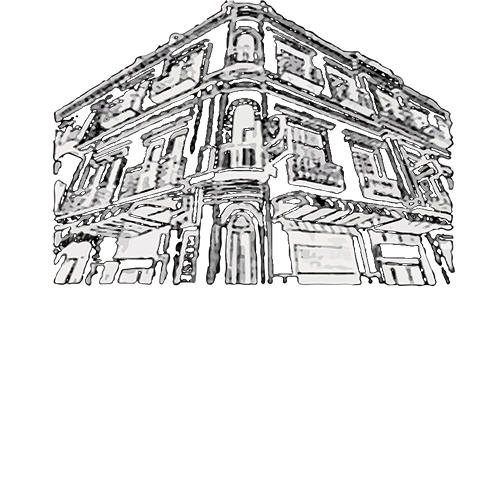In Jerusalem, there are historical monuments that still stand today as firm and solid filled within an air of grandeur as when they were built over 120 years ago. The Buildings with their charming façade have a unique place in the history of Jerusalem. While they may not b e particularly impressive today, they were witness to important and moving historical events and do still retain an air of past grandeur.
One of the oldest hotels in Jerusalem, is the New Imperial Hotel which is attractively located in front of the Citadel as you enter the Old City of Jerusalem from its northern Jaffa Gate. This is one of the busiest entrances to the Old City. The Arabic name of it is Bab El-Khalil (gate of the Friend) in reference to Abraham, forefather of both Jews and Arabs and “the Friend of God” (Isa.41:8). The walls bear the inscriptions in Arabic: “There is no God but Allah and Abraham is the Friend of Allah.” From here entered Jerusalem the Moslem Caliph Omar Ibn Al-Khattab after its capture in 638 AD. Also from here in December 1917 entered General Allenby, Commander of the British forces which captured Jerusalem during World War One heading a victory parade.
In the area where you now find the New Imperial Hotel and beyond it there were fields where wheat grew in the winter. In the summer, the empty fields became dumping grounds for carcasses of donkeys, camels and horses. The Turkish authorities moved this “cemetery” outside the wall and the Grand New Hotel was built in its place in 1884. Travelers began to write of the new hotel with grand facility inside Jaffa Gate, when it first opened. Its round arched windows are articulated with dentils beneath an archivolt high on pedestals on the roof’s tailing sit fine “Grecian Urus”. The building is built of a light red variations of Jerusalem stone. The Greek Orthodox Chruch owns the building.
When it was under construction, there was discovered a pool known as Bathsheva from the Supposition that Uriah’s wife was bathing here when seen by David. It is now cistern underneath the hotel. Here also was discovered a part of the second wall, Roman tiles of the Tenth Legion and part of the shaft of a column bearing a votive inscription in honor of the Augustan Legate, Marcus Julius Maximus , erected by the Tenth Legion. The column now forms the pedestal of a street lamp; bomb scalped it in 1948. In the late 1940s it became known as Morcos Hotel.
Kaiser Wilhem II stayed here when he visited Palestine in 1898. The wall between the Gate and the Citadel was torn down and the moat filled by the Ottoman sultan Abdel Hamid II in order to permit the Kaiser and his suite to ride into the city. In the 1950s and the 1960s it had an elegant ballroom in which many weddings were held. Sitting on the hotel’s balcony Overlooking Omar Ibn Al-Khatab square one observes below an ever-changing mosaic of people, images, colors and sounds.
It top offers an enchanting panoramic view of Jerusalem. If one steps onto the hotel’s roof, he will see important sites such as Mount Scopus, Mount of Olives, Mount Zion, Dome of the Rock, the dome of the Church of Holy Sepulchre and many more other sites.
